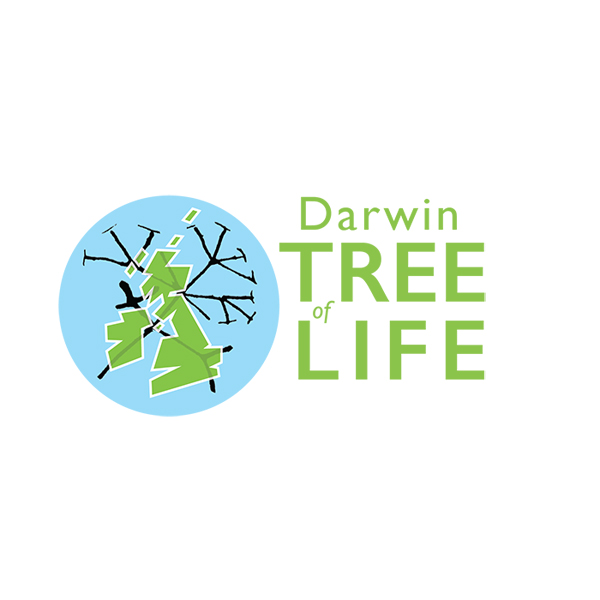Darwin Tree of Life (DToL) Project

- 03 Aug 2025
In News:
The Darwin Tree of Life (DToL) project is nearing the completion of its first phase and represents one of the most ambitious scientific efforts to decode the diversity of life on Earth. Focused on sequencing the genomes of all eukaryotic species in Britain and Ireland, the project is a cornerstone of the global Earth BioGenome Project (EBP).
About the Project
- Objective: To generate high-quality genome sequences of around 70,000 eukaryotic species including animals, plants, fungi, and protists.
- Approach: Careful collection of representative samples, application of advanced DNA sequencing technologies, and use of computational tools to understand how genetic code drives biological diversity.
- Collaboration: A joint initiative involving ten biodiversity, genomics, and data analysis partners.
What are Eukaryotes?
- Definition: Organisms with complex cells that have a well-defined nucleus enclosed by a membrane, along with organelles such as mitochondria and Golgi apparatus.
- Examples: Protists, plants, fungi, and animals.
- Distinctive Features:
- Possess chromosomes inside the nucleus.
- Reproduce asexually (mitosis) or sexually (meiosis + gamete fusion).
- Contrast with Prokaryotes: Unlike bacteria and archaea, eukaryotes are structurally advanced due to compartmentalized cell functions.
The Earth BioGenome Project (EBP)
- Vision: A global initiative to sequence, catalogue, and analyse the genomes of all known eukaryotic species on Earth.
- Timeline: 10 years.
- Network: Collaborative effort involving scientists, institutions, and multiple regional projects like DToL.
Significance:
- Scientific Advancement
- Provides a genomic foundation for understanding biodiversity, evolution, and taxonomy.
- Helps uncover how genetic variations translate into ecological and physiological adaptations.
- Conservation and Sustainability
- Offers data vital for protecting endangered species and ecosystems.
- Assists in addressing biodiversity loss and supporting global conservation strategies.
- Applications in Human Development
- Medicine: Discovery of new genes for disease resistance or therapeutic innovations.
- Agriculture: Identification of traits for crop resilience and productivity.
- Biotechnology:Utilisation of unique biological pathways for industrial and environmental applications.
